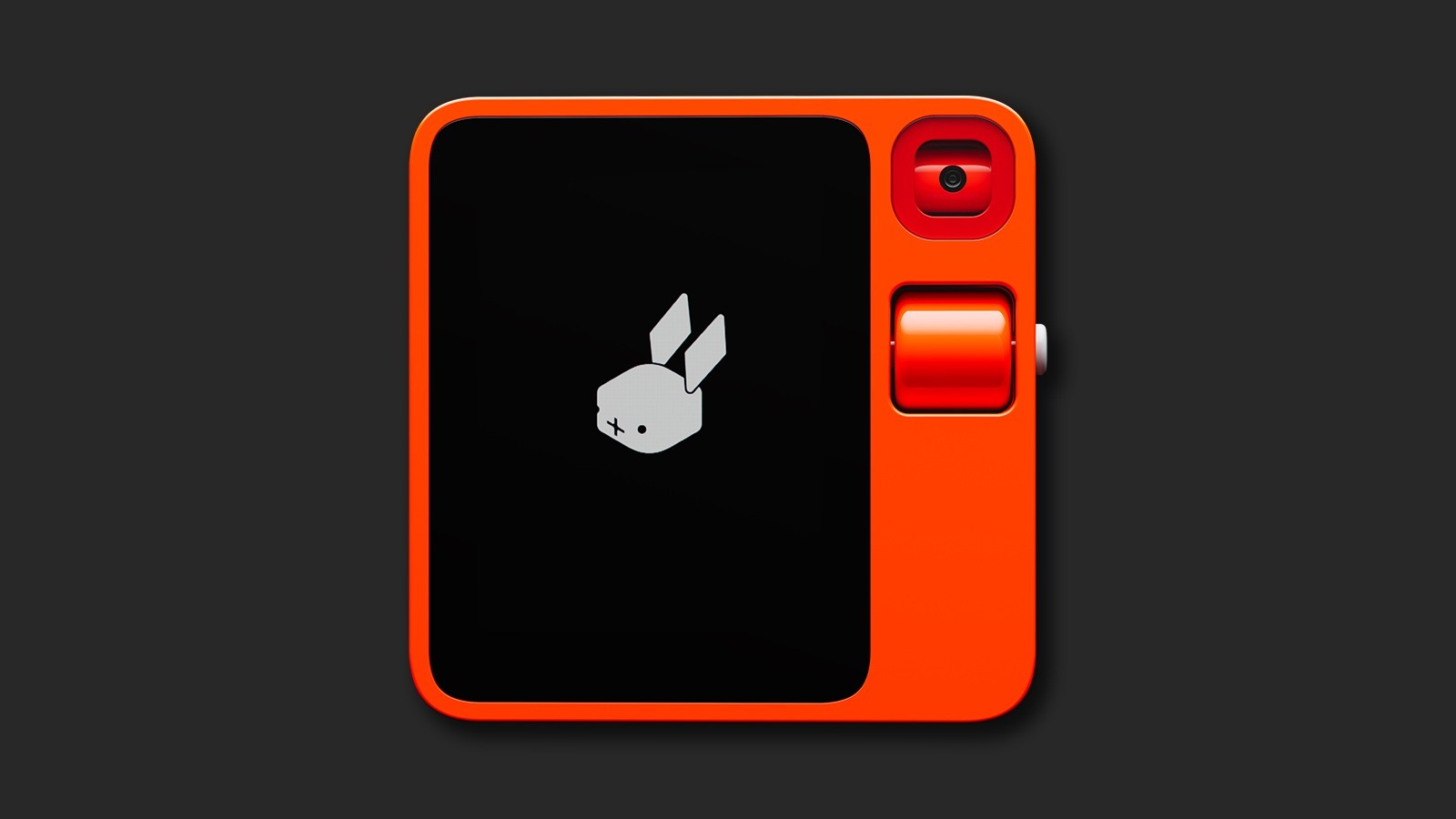
The R1 works on top of the Large Action Model, the company’s proprietary language model that works more like how ChatGPT does and less like the API-based apps we use on our phones today. Rabbit’s LAM needs to be trained, and it learns by observing the user’s actions across a varied set of apps over a period. It’s claimed that the AI adapts across different apps, even with a shift in interface elements.
The good news is that the operating system will, at launch, already be ready to work with popular applications. The tech startup has plans to allow its users to create and train their own “rabbits” that could aid in performing specific activities across not-so-well-known apps.
Through the online “rabbit hole” portal, users will be able to manage permissions for apps that the R1 has access to. The device only works with authorized access and does not store any user credentials. The dual-array microphone also only works with the button pressed, and the camera, by default, swivels to a position where the lens is physically blocked. In essence, Rabbit OS merely replaces human interaction through the R1 and should not have access to any information it doesn’t need.
Rabbit’s approach of getting its LAM to understand and work with existing apps has a much higher chance of succeeding instead of getting the masses to adapt to a new operating system altogether — something that has even caused the fall of Nokia and other tech giants.

